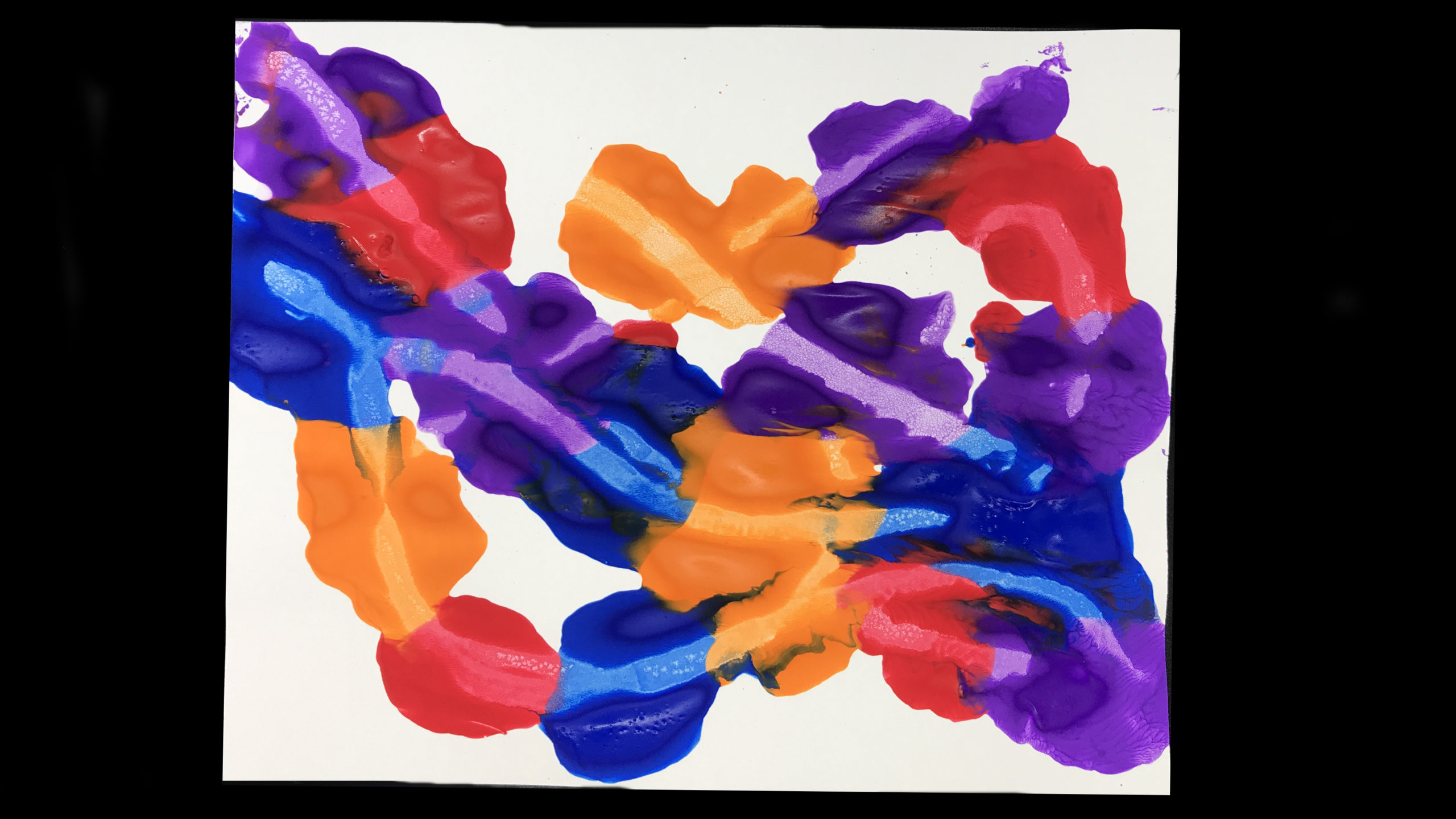
Play & Learn: Art Start in a Bag
Art Start focuses on process art.
In process art, there are no step-by instructions for a child to follow and there is no right or wrong way to do art. The focus is on a child’s experience while creating their artwork and their exploration of techniques, tools, and materials. The art created is entirely the child’s own and the act of creating it heles them feel relax, focused, and successful. They may choose to talk to you about their art, which expands on their language skills. It also helps them to plan and problem solve as they go about creating their artwork.
Art experiences begins as soon as your child is able to hold a crayon. At first, your child’s artwork will focus on using their senses to explore, instead of creating a finished picture.
Supplies:
Introducing art to very young children can be daunting. A lot of art supplies can be messy or have small parts. Art in a Bag is a mess free art activity that is perfect for infants and young children! You will need:

- some cardstock or other thick paper
- a gallon sized zipper bag
- paint
- tape
Setting up the Activity:

Begin by squirting large drops of paint onto the paper and then gently slide the paper not the bag, being careful not to smudge the paint. Seal the bag and reinforce the seal with tape. You can even tape the bag to a table or high chair tray to keep it in place.

Let your child squish the paint around. While they are doing that, talk to them about the colors that they see and the way that they mix. When their masterpiece is completed, cut along the edges of the bag to open it. Let your art dry before displaying it.
Early Literacy Connections:
The process of squishing paint is interesting and fun to babies. As they explore, they learn what happens when they move their hands and arms. Art activities stimulate your child’s senses and their brain creating connections and wiring for the brain for future success in learning
Point out the different colors in your child’s artwork. Color is one of the first ways your child will make distinctions among the things that they see. Knowing their colors helps your child to define and organize the world they see around them.
Use descriptive words while your child does their art. For example, you can talk about how paint feels ‘squishy’. This is a great way to expand your child’s vocabulary. The more words a child hears, the easier it is for them to recognize words when they start to read. Use descriptive language when you talk about colors. For example, you can point to red paint and say “this red, like a firetruck.” This helps your child use color as a means for creative thinking and language.
Check it Out:
Explore more about painting and color with books from the Plano Public Library collection:

The Artist Who Painted a Blue Horse by Eric Carle
Dog’s Colorful Day by Emma Dodd
Planting a Rainbow by Lois Ehlert
Mouse Paint by Ellen Stoll Walsh



